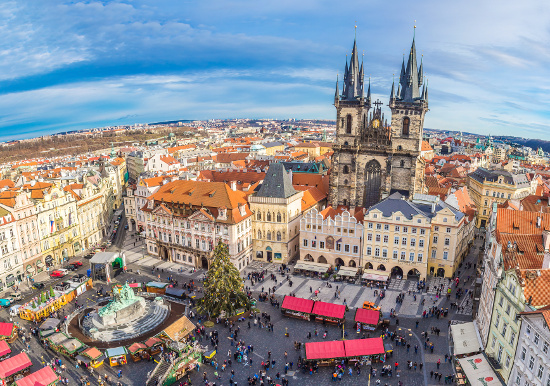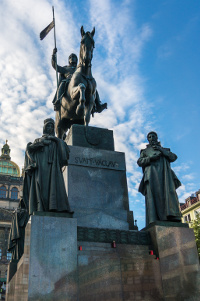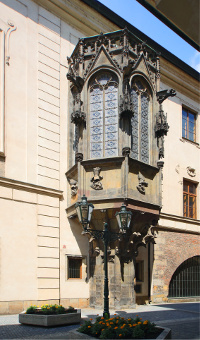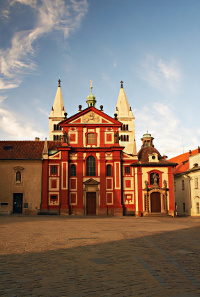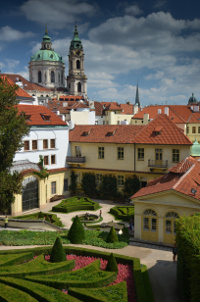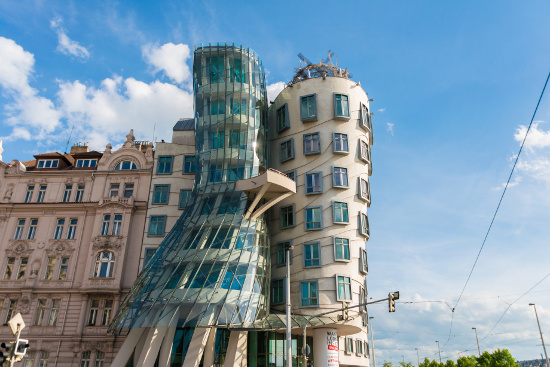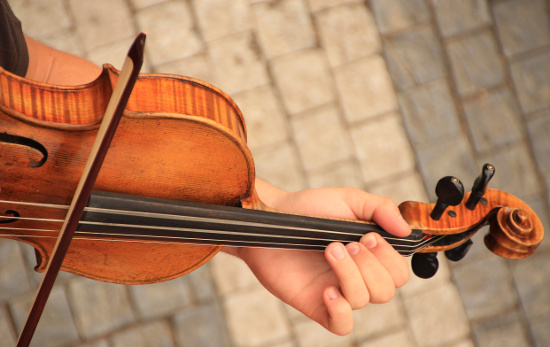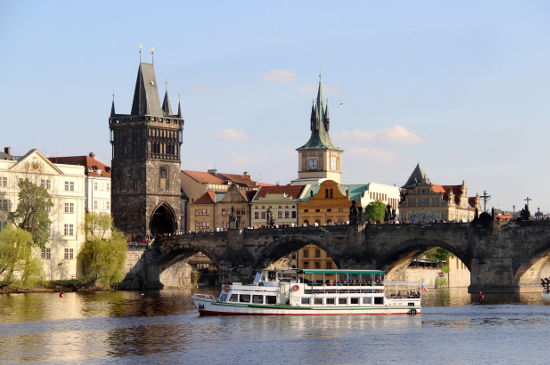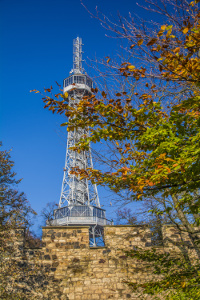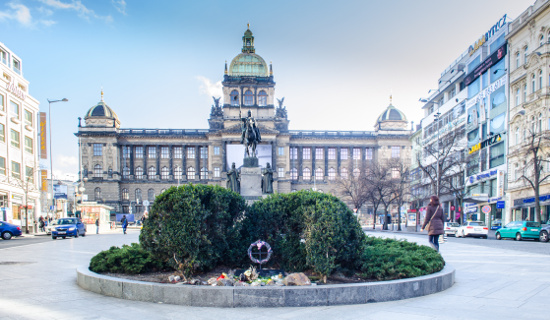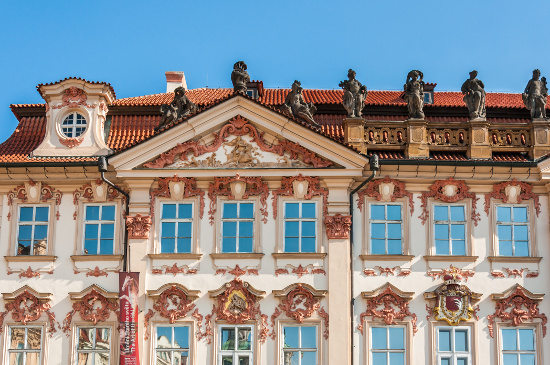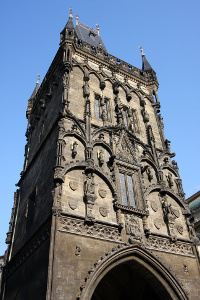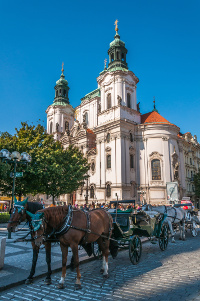Prague Castle – 1 900 m
Prague Castle is the official residence and office of the President of the Czech Republic. Located in the Hradčany district of Prague and dating back to the ninth century, the castle has been a seat of power for kings of Bohemia, Holy Roman emperors, and presidents of Czechoslovakia. The castle buildings represent virtually every architectural style of the last millennium. Prague Castle includes Gothic St Vitus Cathedral, Romanesque Basilica of St. George, a monastery and several palaces, gardens and defense towers. Most of the castle areas are open to tourists. Nowadays, the castle houses several museums, including the National Gallery collection of Bohemian baroque and mannerism art, exhibition dedicated to Czech history, Toy Museum and the picture gallery of Prague Castle, based on the collection of Rudolph II. The Summer Shakespeare Festival regularly takes place in the courtyard of Burgrave Palace.
Address: Pražský Hrad, Praha 1, Hradčany
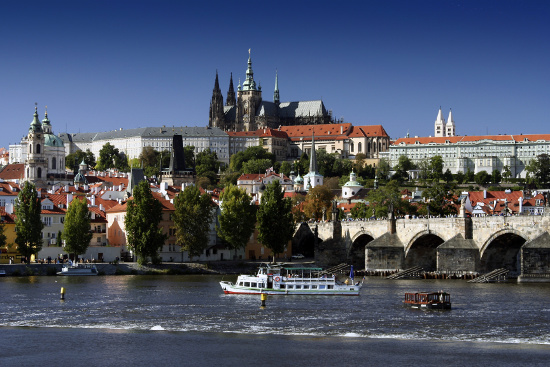
St. Vitus Cathedral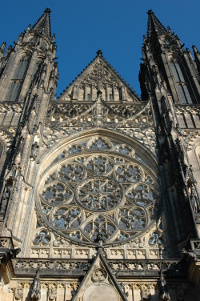
For more than 600 years, the roofs of Prague Castle have been overlooked by the towers of St Vitus Cathedral. The cathedral, whose original name is St Vitus, St Wenceslas and St Adalbert Cathedral, is the biggest and the most important church in the Czech Republic. It’s the seat of the Archbishop of Prague and the place where saints, kings, princes and pmperors of Bohemia are buried. The coronations of the kings of Bohemia were held there until 1836. It’s one of the best examples of Gothic architecture.
Opening times:
November – March: Monday – Saturday 9:00 – 16:00, Sunday 12:00 – 16:00
April – October: Monday – Saturday 9:00 – 17:00, Sunday 12:00 – 17:00
Address: III. nádvoří 48/2, Pražský hrad, Praha 1
 English
English
 Čeština
Čeština






